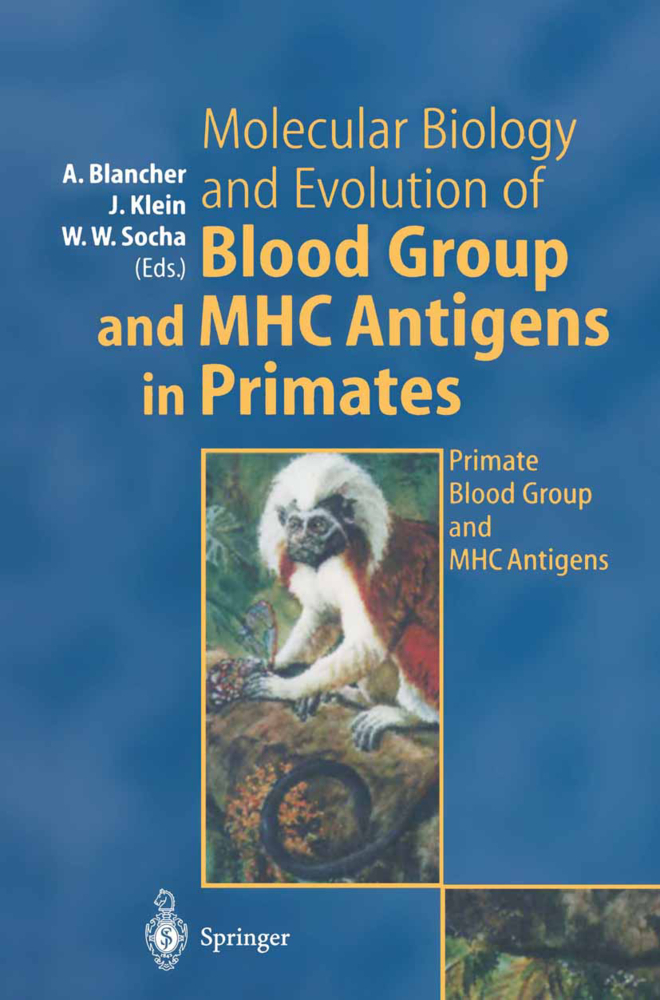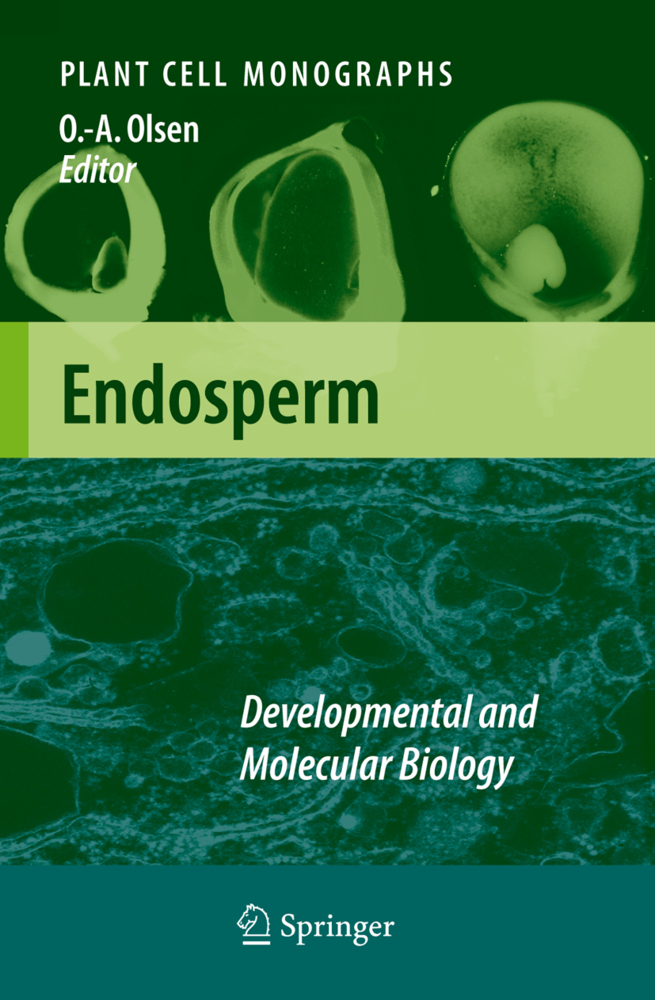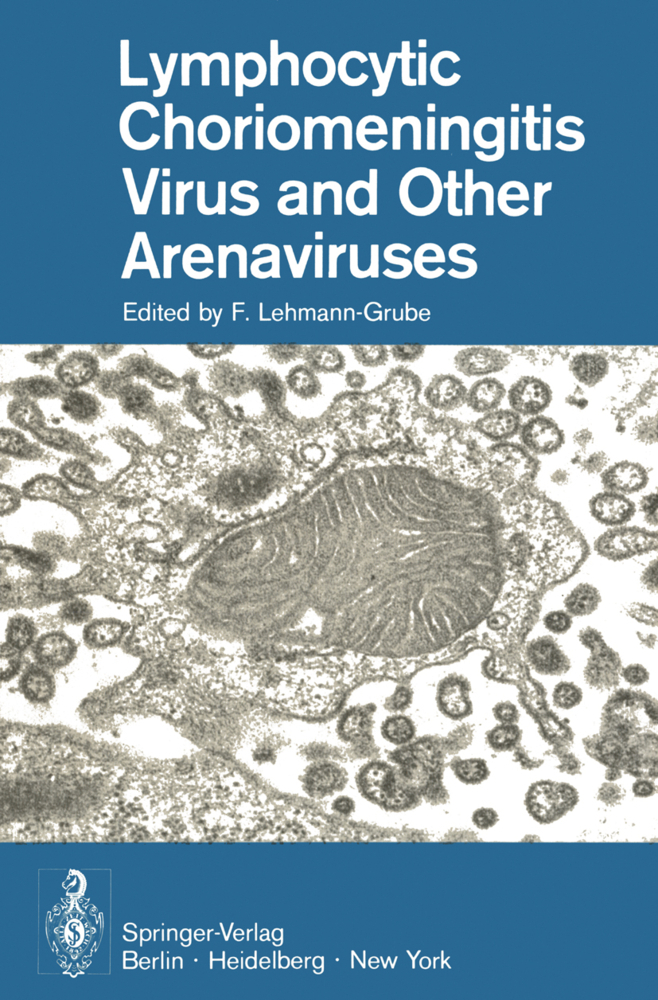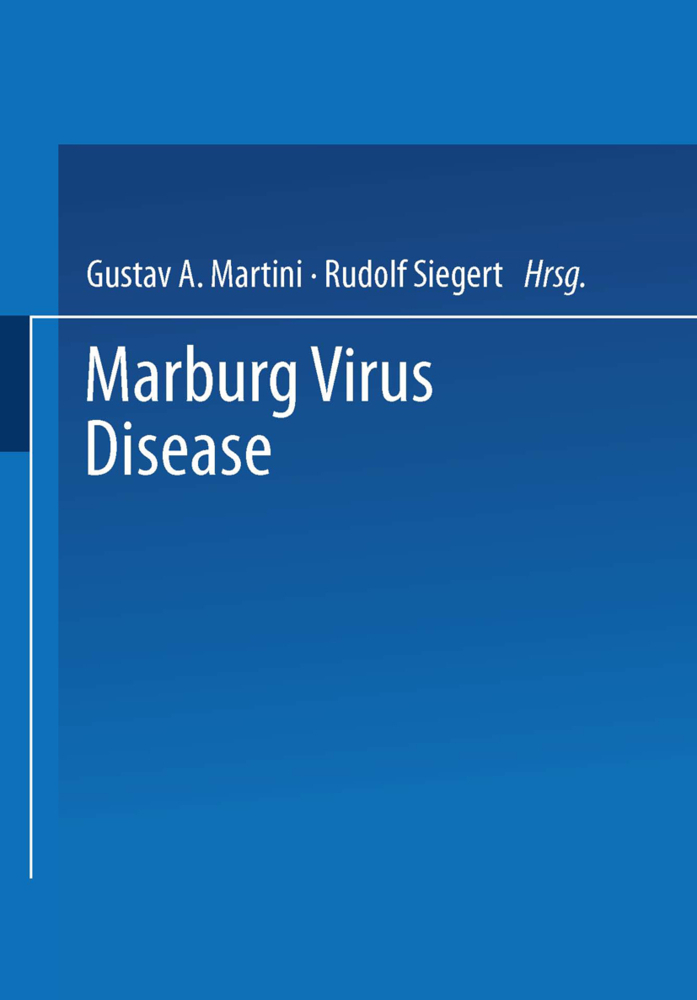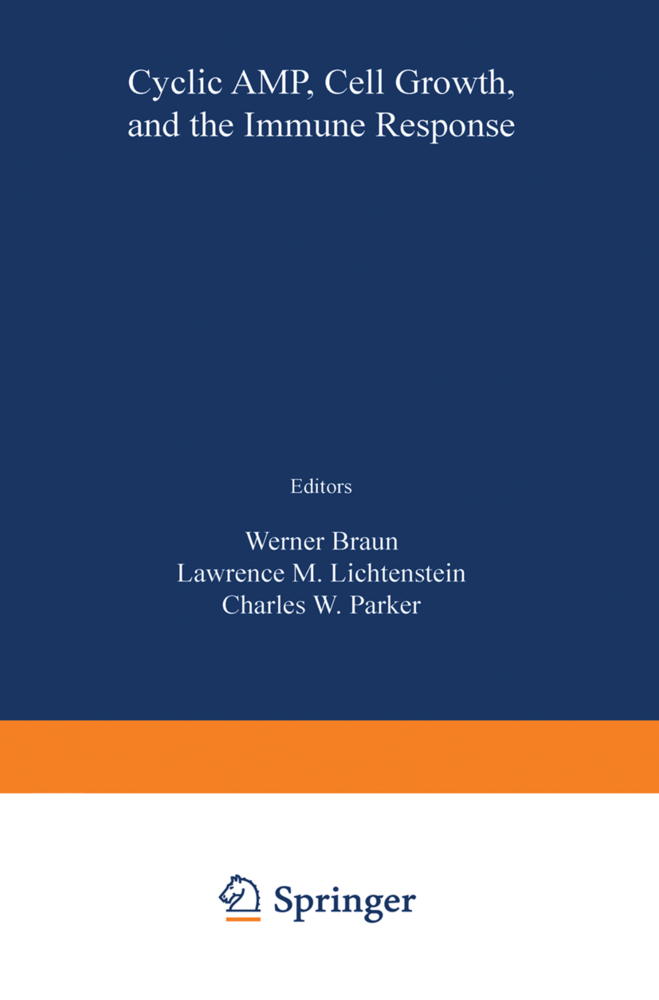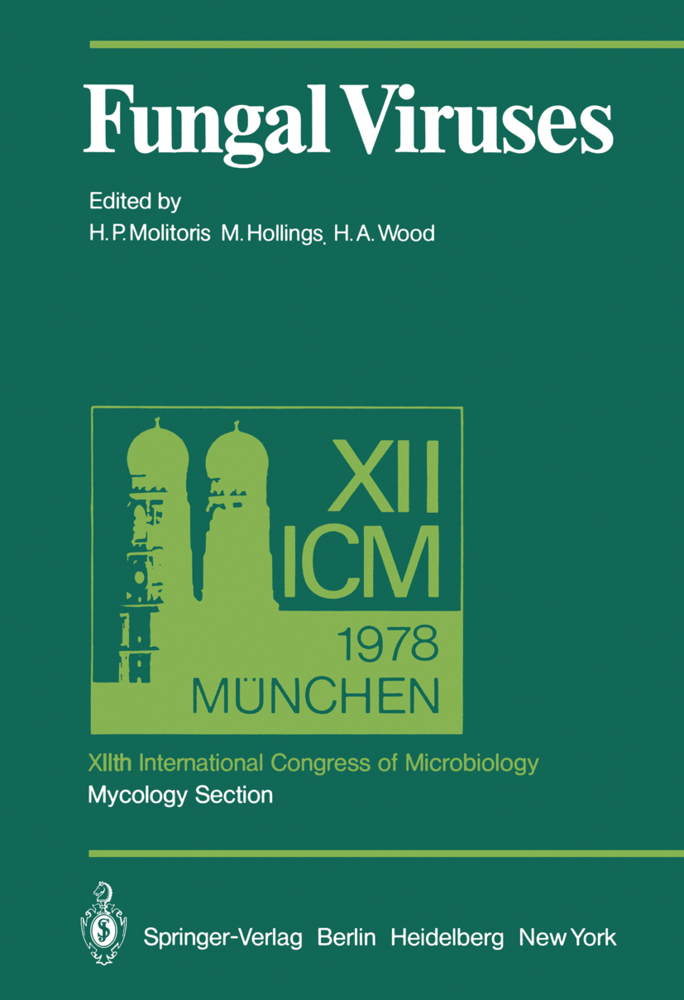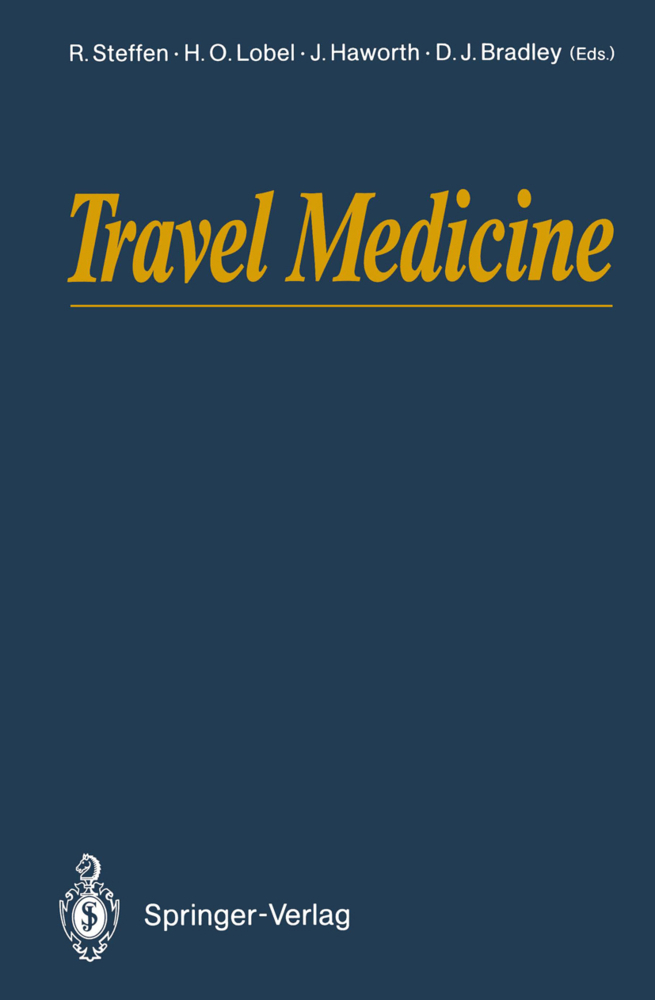Molecular Biology and Evolution of Blood Group and MHC Antigens in Primates
Molecular Biology and Evolution of Blood Group and MHC Antigens in Primates
Zoologists have categorized primates into a single order, and no one doubts today that they share a common ancestry. Humans and Old and New World non human primate species, from the lemurs of Madagascar to the African anthro poid apes, represent diverging branches of an evolutionary common trunk. Along with species-specific characters, all primates have retained a number of ancestral traits, relics of their common origin. The comparative study of these species-specific and ancestral traits makes it possible to reconstruct the evolu tionary pathways of humans and nonhuman primates. The discovery of the human blood groups and, later, of the Major Histocom patibility Complex (MHC) had a seminal effect on the field of human genetics, providing the first sound examples of mendel ian polymorphisms. The use of blood group and MHC alleles as genetic markers in biological anthropology gen erated a conceptual revolution and persuaded researchers to begin to think in terms of populations and not only intems of typology. The counterparts of these human red and white cell antigens were found and studied in nunhuman primates, and progress in this field is summarized in this book.
Major Histocompatibility Complex.
Contents: Taxonomy and Phylogeny of Primates
Red Blood Cell AntigensMajor Histocompatibility Complex.
Blancher, Antoine
Klein, Jan
Socha, Wladyslaw W.
| ISBN | 978-3-642-63843-5 |
|---|---|
| Artikelnummer | 9783642638435 |
| Medientyp | Buch |
| Copyrightjahr | 2013 |
| Verlag | Springer, Berlin |
| Umfang | XIV, 570 Seiten |
| Abbildungen | XIV, 570 p. 117 illus., 1 illus. in color. |
| Sprache | Englisch |

